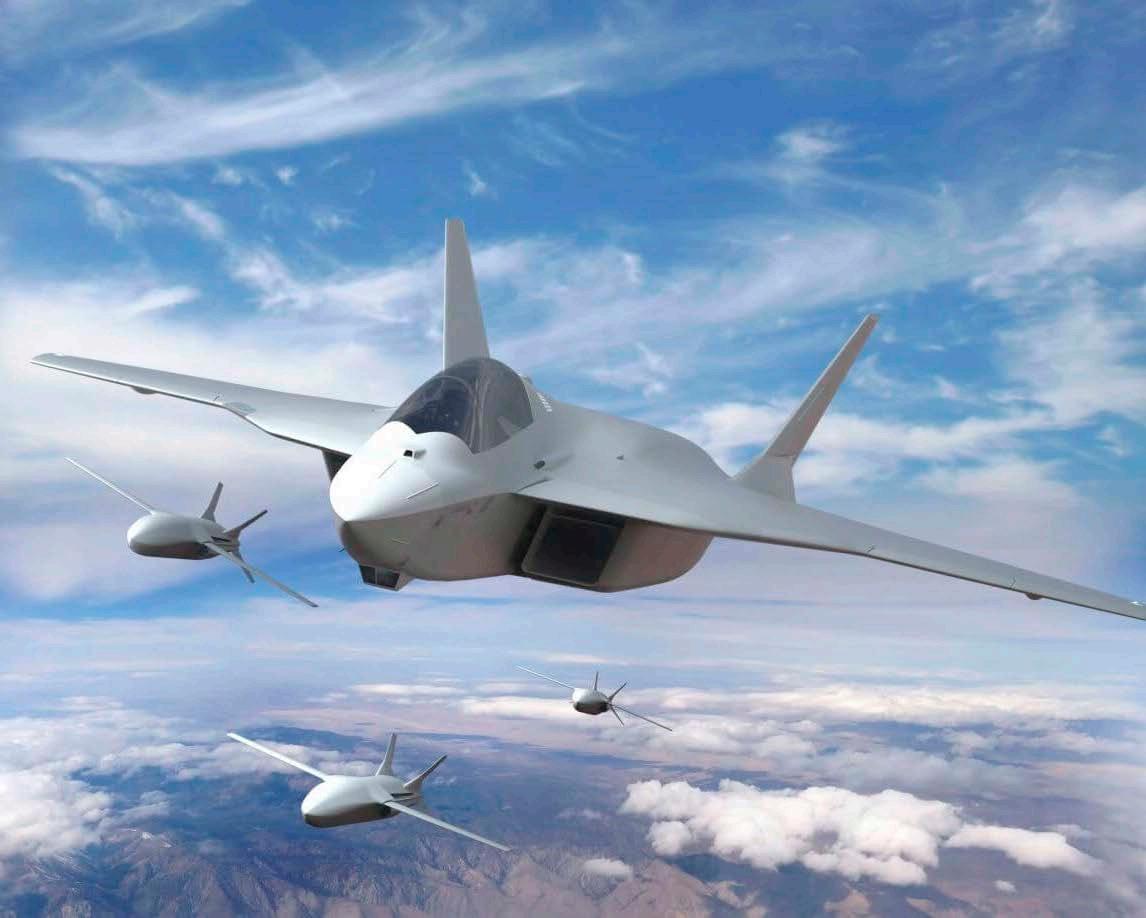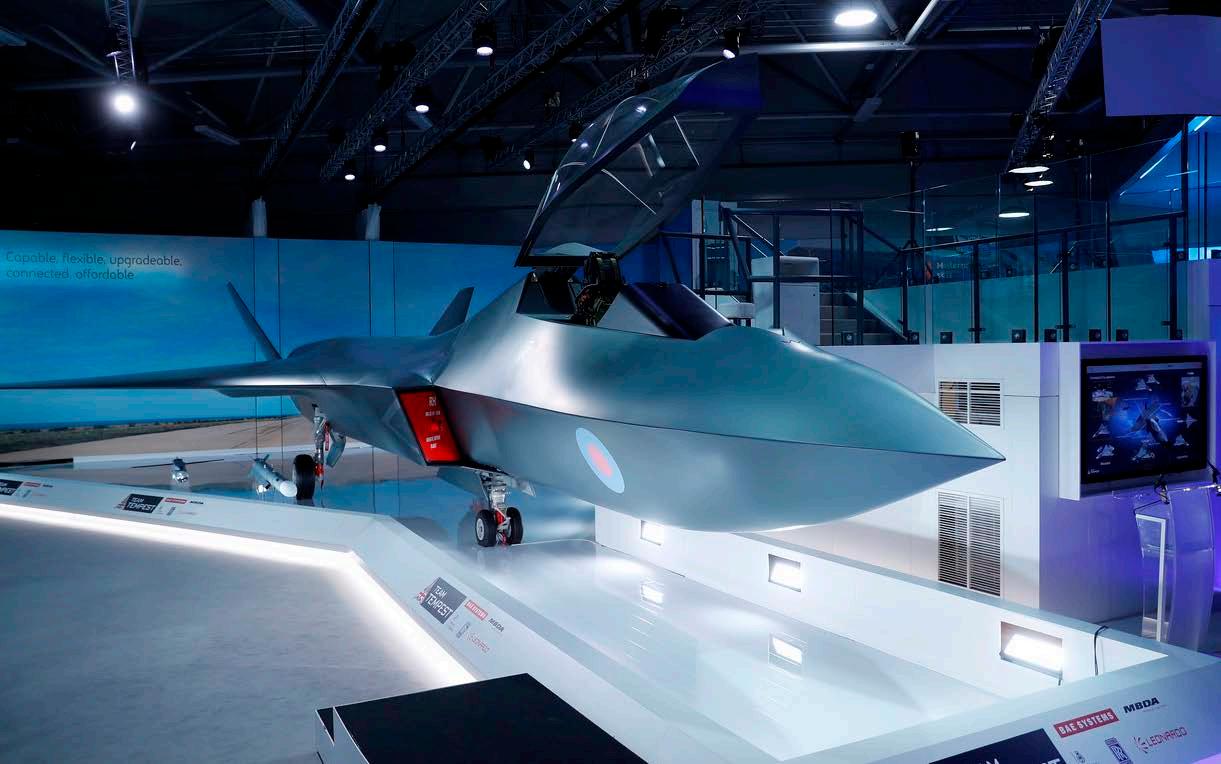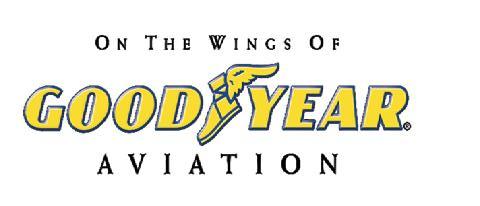
12 minute read
Defence - Darren Olivier
Loyal wingmen and AI and optionally crewed cockpit will be key abilities.
The race to develop the sixth-generation successors to today’s fifth-generation fighter aircraft has begun in earnest with at least seven international programmes going at full pace even as some countries have yet to fully induct fifth-generation aircraft like the F-35, J-20, and Su-57 into service.
Advertisement
PART OF THIS IS BECAUSE timelines for aircraft development are punishing, as long lead times mean that if air forces want to field these new types from 2030 to 2040 they need to scale up development now.
But there’s more to it. There’s a real belief, and optimism, that recent advances in artificial intelligence (AI) and computer-aided and automated design, engineering, and manufacturing can combine to create changes that are more revolutionary than evolutionary.
So what does sixth-generation actually mean in this context, and how does it differ from fifth-generation? Well, like any attempt to force the messy real world into neat and well-defined labels, nobody fully agrees on its meaning, what its defining characteristics are, and whether certain aircraft ‘deserve’ to be classed under it. We have to muddle along with what amounts to a general consensus on which most agree, and which centres around the following key factors:
• An optionally piloted core aircraft making heavy use of low-observable technology.
• New generation engines, likely variable or adaptive cycle, which will be both higher performing and more efficient than current generation fighter aircraft as a result of being able to dynamically vary the bypass ratio. They’re also being designed to provide much more reserve power in order to operate longer-ranged sensors, electronic warfare systems, and directed energy defensive countermeasures.
• Open architecture for the rapid integration and rolling out of updated capabilities and software.
• On-board AI capable of both assisting the pilot with decision-making like target recognition and optimal air combat strategies and conducting those tasks independently during autonomous uncrewed missions.
• A system-of-systems approach, in which the core aircraft is merely one element of a system that includes uncrewed remote payload carriers (‘loyal wingmen’) and decoys,
• An extremely high bandwidth low latency ‘combat cloud’ data network to allow for co-operative engagement, sensor fusion and processing workload sharing between aircraft and for the core aircraft to act as a command and control node for swarms of uncrewed supporting assets. This also enables a fully distributed approach to electronic warfare.
• Fully virtual cockpits with all avionics information displayed on a pilot’s helmet-mounted display.
Individually, some of these capabilities already exist in some fifth-generation aircraft, and some are even being trialled in 4.5 generation aircraft like the Typhoon and
An optionally piloted core aircraft
Rafale, but the entire integrated approach can’t be achieved without all-new clean sheet designs.
That’s if it all works, of course. Experience shows that it’s never that simple and that many of the proposed features and enhancements of each new generation of aircraft are quietly dropped by the time it enters production. However even if we assume some lack of success in meeting these ambitious targets it’s obvious that sixth-generation aircraft and their associated systems are going to be incredibly capable and represent a big jump over what’s presently in service.
It’s also clear that whoever fails to develop and field these new systems in significant numbers is going to be at a huge disadvantage in this new era of global military competition. Against a country fielding a full sixth-generation air combat capability, with substantial numbers of autonomous and semiautonomous swarming payload-carrying drones and decoys, the traditional approach just isn’t going to work for very long. They’d have both much better situational awareness and be able to expend uncrewed but smart drones at a rate higher than others can sustain losses of crewed fighters. As of writing, the United States, United Kingdom, Germany, France, Spain, Italy, Sweden, China, Russia, India, and Japan all have or are part of active sixthgeneration development programmes.
The United States appears to be furthest ahead with the first of its two programmes, Next-Generation Air Dominance (NGAD), after the US Air Force announced in September 2020 that a demonstrator of some sort had already flown. However no details were provided about what that demonstrator actually is or entails, so it’s possible it may be a technology development aircraft for one or more of NGAD’s new technologies rather than a prototype for the new core fighter.
NGAD’s version of the remote carrier/loyal wingman concept is known as Skyborg, with contracts for flying prototypes awarded to Boeing, General Atomics and Kratos. Boeing will likely supply its Airpower Teaming System, under development for the Royal Australian Air Force’s Loyal Wingman programme, and Kratos is expected to supply a variant of its XQ-58 Valkyrie developed for an early US Air Force Research Laboratory programme.
The US Air Force has been spending serious
The mockup of the 6th Gen Tempest for the RAF in 2018.

development time and money on capacity data link networks for years now, with the intention of creating smart data clouds linking aircraft, remote payload carriers, and munitions without the need for specialised communications aircraft. For instance the service’s imaginatively named ‘Golden Horde’ programme, which recently underwent a series of live tests, is designed to allow smart bombs and missiles to communicate with each other and their launch aircraft in order to intelligently swarm, autonomously select targets, and attack them in the most efficient way. One of the scenarios being developed is for bombs to intelligently analyse the results of impacts from weapons released before them to reconfigure in flight to either attack the same targets from alternative angles (if the first hit wasn’t successful) or shift to other targets.
Development of adaptive cycle engines is also continuing at pace via two projects, the nearerterm Adaptive Engine Transition Program (AETP) (for which companies like GE have already developed designs like the XA100) and the follow-on Air Dominance Adaptive Propulsion Technology (ADAPT). These are expected to produce double-digit improvements in thrust, about 25% reductions in fuel consumption, and ultimately megawatts of excess electrical power for onboard systems.
Finally the NGAD programme is being run using the ‘Digital Century’ approach, now called ‘eSeries’, of relying on the latest generation computer aided design, engineering, and manufacturing in order to reduce the time of development and the cost of fielding the new type. This approach was already pioneered on the US Air Force’s new trainer, the T-7A Red Hawk, which has gone from first flight to full-scale jigless production in just five years.
The US Navy has its own NGAD programme, formerly known as F/A-XX, but is reportedly working with the US Air Force to figure out where both programmes can be joined in order to share costs and technologies even though they may result in different aircraft more optimised for each service’s goals. Far fewer specific details have emerged than for the US Air Force’s NGAD, though.
The UK, Italy, and Sweden are collaborating on the Future Combat Air System (FCAS) programme, though for now only the UK and Italy are partnering on the core next-generation aircraft, called Tempest. Like other sixth-generation programmes, Tempest is planned to be a low observability optionally piloted fighter aircraft with adaptive cycle engines producing an ‘unprecedented’ level of electrical power, a virtual cockpit, and a high capacity secure data network for command and control of remote carriers and drone swarms, communications, and other co-operative engagement scenarios. While BAE Systems, the project’s prime contractor, has not yet revealed its plans for remote payload carriers, both it and the RAF have made it clear that those are a non-negotiable element of FCAS.
In its latest defence policy review, the ‘Defence in a Competitive Age’ command paper released earlier in 2021, the UK government announced that it would be committing £2 billion to the project, which is expected to enter service by 2040, saying the following:
FCAS will deliver an innovative mix of crewed, uncrewed and autonomous platforms including swarming drones. This will deliver an advanced combat air system capable of fighting in the most hostile environments. The development of novel technologies, and a step change in how we use simulators for mission rehearsal and training, will enable the Royal Air Force to be among the most technologically innovative, productive and lethal air forces in the world.
FCAS is following a relatively risky development process that leans heavily on computer-aided design in order to leave the final configuration open for as long as possible while instead proving and reducing risk on all the supporting technologies first. For this reason the FCAS project team expect to fly their first demonstrator of their core aircraft, Tempest, much
the traditional approach just isn’t going to work
later than competing projects but hope that they’ll gain more flexibility and a better final product as a result.
While Sweden has yet to formally join the Tempest portion of FCAS, it hasn’t ruled out doing so in the next few months. Or it may opt for a local design, like it did with the Gripen, that nonetheless incorporates and interfaces with the other FCAS elements.
France, Germany, and Spain are in turn collaborating on their own programme, also confusingly known as Future Combat Air System (FCAS), so many observers prefer to use the French acronym of SCAF for Système de combat aérien du futur instead. Dassault is the prime contractor for the core aircraft, known as the New Generation Fighter (NGF), with Airbus taking the lead in the development of remote payload carriers and other supporting elements of the programme. Mock ups of both the NGF and a remote carrier design were exhibited at the 2019 Paris Air Show, though neither were detailed. A high-capacity co-operative engagement data link, known by its French name of tenue de situation multi plateformes (TSMPF), will enable communications, data sharing, sensor fusion, and similar capabilities between aircraft and platforms.
Safran and MTU have been selected to provide a new adaptive cycle thrust vectoring engine for the NGF, which will include cutting-edge materials in order to achieve a turbine temperature of 1 825ºC, substantially higher than current generation engines, while still being lighter, more fuel efficient, more powerful, and more compact.
At first there was consternation that SCAF might never get off the ground, owing to a series of highprofile public disputes between France and Germany on work share and intellectual property ownership, but these were finally resolved in April 2021. Under current schedules, a flying prototype is expected before 2030 in order to allow for an in-service date of around 2040.
Japan’s programme, F-X, anticipates a first flight in around 2028 and an in-service date of 2035, with full-scale production kicking off in 2031. Mitsubishi Heavy Industries is the prime contractor, largely as a result of its success with its X-2 demonstrator and after the Japanese government in March 2020 rejected a series of proposed designs from BAE Systems, Boeing, and Lockheed Martin, although there are still plans to partner with UK or US companies for part of the programme.
The F-X is expected to be quite large, bigger than the F-22 and most other similar aircraft, as the Japan Air Self-Defense Force (JASDF) has opted to prioritise range and payload over agility. Oddly though, while the planned IHI Corporation XF9 engine is likely to be exceptionally light weight and powerful, while also incorporating thrust vectoring, it does not seem that
Full scale mock-up of the FCAS at the Paris Air Show 2019 with its smaller, unmanned loyal wingman.

Japan intends to field an adaptive cycle version of the engine.
Russia is developing the Mikoyan PAK DP, intended to complement and possibly replace the fifth generation Sukhoi Su-57 now entering service, but as yet it remains largely a paper concept without much active progress or requirements clarity. It’s also clear from statements by Russian officials that for now they see it more as a high-speed, high-altitude interceptor capable of speeds of Mach 3-Mach 4 at altitudes above 12 000 metres, rather than an all-round aircraft.
And while Russia has experience in developing remote carriers, and has even worked on some aspects of co-operative teaming between them and crewed fighter aircraft, it does not yet appear to have created an integrated programme around PAK DP to incorporate the technology.
India announced in October 2020 that it intends to develop a sixth-generation follow on from its fifth-generation Advanced Medium Combat Aircraft (AMCA), though it’s unclear whether they intend this as a whole new programme or whether it’s the proposed Mark II variant of that aircraft. According to the Indian Air Force, the new aircraft is intended to have “directed energy weapons, smart wingman concept, optionally manned combat platforms, swarm drones, hypersonic weapons”, and other elements, though no specific details have been released.
Finally, China announced in 2019 that it had started its own sixth-generation fighter aircraft programme to follow on from its fifth-generation J-20, which entered service in 2017, but thus far it has revealed few details other than that the new platform will be optionally piloted and will incorporate a new generation engine. It also plans to field the new type by around 2040, however, so as to keep up with the US and Europe.
All in all, the next few years should be interesting as more details emerge about sixth-generation systems and we see which elements have survived their brush with reality and which have become genuine advances that produce a qualitative edge. Whatever happens though it’s likely that air warfare will be changed forever.
AMO 1288
Your one-stop-shop for repairs and overhauls of aviation rotables and special processes.

BNT International (PTY) Ltd. Unit D3, Denel Industrial Park, Denel North Entrance (off Atlas Road), Kempton Park, Gauteng, South Africa, 1619 Tel. +27 11 395 1677 Email: info@bnt-int.co.za Website: www.bnt-int.co.za

• Quality • Safety • Service Excellence • Honest Pricing

Aviation Services
• Composites & Aircraft Structures • Wheel overhaul and Repair Services • Brake Overhaul and Repair Services • Non-Destructive Testing on Aircraft • Hydro Static Testing • Oxygen bottles • Fire Extinguishers • Safety Equipment • Aircraft Weighing o Small aircrafts up to larger B737, A320, L-382
SA Flyer 2021|05








